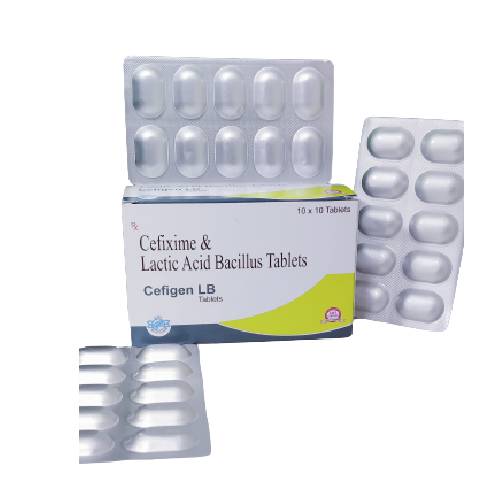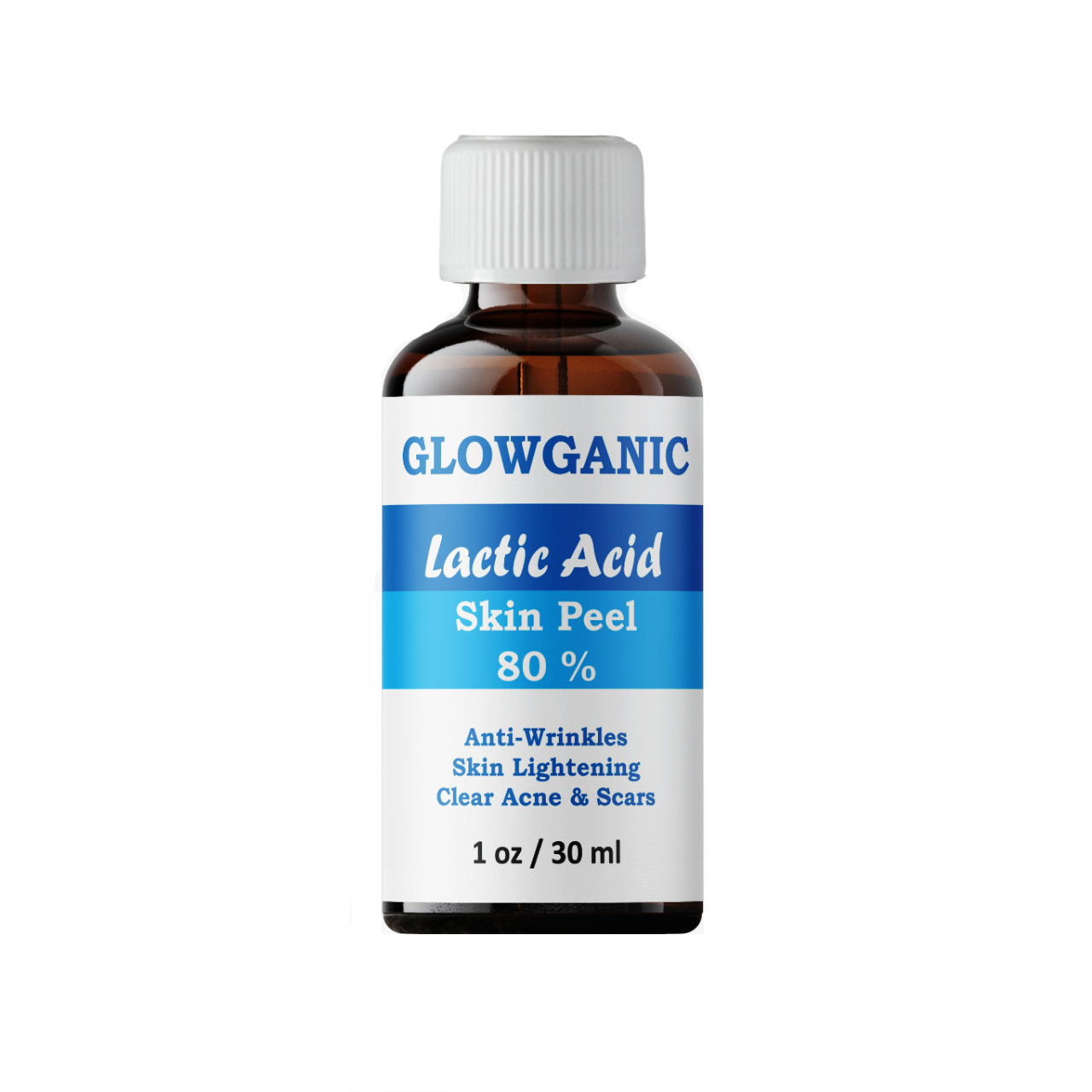Description
Lactic Acid: More Than Just Post-Workout Pain
Lactic acid. The name alone conjures images of burning muscles, gasping for air, and the dreaded post-workout soreness. For years, it’s been blamed as the sole culprit behind that agonizing feeling. However, the reality of lactic acid is far more complex and, dare we say, even beneficial.
Let’s delve into the world of lactic acid, separating fact from fiction and exploring its multifaceted role in our bodies.
What is Lactic Acid?
Lactic acid is an organic acid produced in the body when glucose is broken down and oxidized. This process, known as anaerobic metabolism, occurs when the body doesn’t have enough oxygen to meet its energy demands. Think intense exercise, sprinting, or weightlifting.
It’s crucial to understand that lactic acid isn’t actually “lactic acid” in its active form. It’s almost immediately converted to lactate, a conjugate base, and a hydrogen ion (H+). This hydrogen ion accumulation is actually what contributes to the burning sensation we associate with exercise.
The Myth of Lactic Acid Build-Up and Delayed Onset Muscle Soreness (DOMS)
For years, lactic acid was the primary scapegoat for Delayed Onset Muscle Soreness (DOMS), the muscle pain that appears 24-72 hours after intense exercise. However, research has revealed a different story.
While lactate and the accompanying H+ ions contribute to muscle fatigue during exercise, they are rapidly cleared from the bloodstream within an hour or two. DOMS, on the other hand, is now understood to be caused by microscopic muscle damage and inflammation triggered by eccentric contractions (the lengthening of a muscle under load, like lowering a weight).
The Benefits of Lactate: Beyond the Burn
Far from being a mere waste product, lactate plays several crucial roles in the body:
- Energy Source: Lactate can be converted back to glucose in the liver through a process called the Cori cycle, providing the body with fuel for future activity. This is incredibly efficient and reduces the need for constant glucose intake.
- Brain Fuel: Emerging research suggests that lactate can serve as an alternative fuel source for the brain, particularly during periods of stress or high energy demand.
- Gluconeogenesis Trigger: Lactate stimulates the production of glucose in the liver, ensuring a steady supply of energy for the body.
- Hormonal Signaling: Lactate is involved in cell signaling, influencing hormone release and impacting metabolic processes.
- Wound Healing: Studies indicate that lactate may play a role in wound healing by stimulating collagen production.
Understanding Lactate Threshold
The lactate threshold is the point during exercise where lactate production exceeds the body’s ability to clear it at a sustainable rate. This results in a rapid accumulation of lactate in the blood, leading to fatigue and a decline in performance.
Knowing your lactate threshold can be incredibly valuable for athletes. Training at or slightly above this threshold can improve the body’s ability to clear lactate efficiently, leading to improved endurance and performance.
Key Takeaways:
- Lactic acid is quickly converted to lactate and hydrogen ions. Hydrogen ions contribute to the burning sensation during exercise.
- Lactate is not the sole cause of DOMS.
- Lactate is a valuable energy source for the body and brain.
- Understanding your lactate threshold can help optimize training programs.
In conclusion, it’s time to shed the negative connotations associated with lactic acid. It’s not just about the burn; it’s about a complex process that fuels our bodies, enhances performance, and even contributes to healing. So next time you feel that familiar lactic burn, remember that your body is working hard, adapting, and becoming stronger.












Reviews
There are no reviews yet.